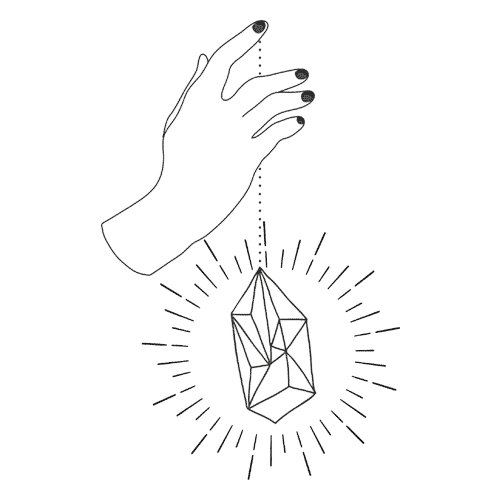Human potential, or human thriving, belongs to the realm of positive psychology. Popularised by Martin Seligman, this branch of psychology focuses on all that a person can be, their positive attributes, and their capacity to fulfill their own potential.
The first word in unlocking your potential is intentional, as it alludes to both the possibility that we can do this for ourselves, and the prospect that there is more to us than is visible in the conscious realm. This second type is the potential that lies below the surface, outside reach, which can be harnessed and achieved.
We go to therapy and counselling for all kinds of reasons and motivations. More recently, clients have been seeking support to simply know more about themselves in a safe, supported, therapeutic environment and to use that self-knowledge to develop both self-care and better self-exploration of their dreams and desires akin to ‘unlocking potential’.
Unlocking your potential in 10 steps
Here are 10 steps to follow to help unlock your inner potential, and become the best version of yourself:
1. Connect with the inner child
We each have a template in our minds of how we see ourselves and the world around us. If we are able to see ourselves as agents of efficacy and positivity, and the world as a place where targets are achievable and help is possible, then we have a worldview where agency is possible and our actions can influence our outcomes.
Alfred Adler defined ‘self-concept’ as a personal estimate of oneself as worthwhile and valuable. Beliefs that are either self-defeating or self-enhancing stem from this self concept, and go on to influence our experience of the world and the successes we may envisage and indeed actually experience
Beliefs influence actions and hence results, which further strengthen our beliefs about ourselves. Research suggests that this means there is hope, because beliefs can be worked upon and provide scope for processing a positive thinking mindset where there is possibility for growth, autonomy, and influencing one’s environment through action.
Discover whether therapy is right for you
2. Identify your resources
We all have resources, both internal and external; some exist in the form of the intellectual and psychological which reside within us, while others are human capital and social support based. Others still are physical and infrastructural.
A realistic interpretation of whom and what we can count on as our resource base goes a long way to how we identify ourselves. Using these resources, we may be able to move from states like ‘hypervigilance’, which involves constantly sensing dangers and being on high alert from them, or ‘adrenal fatigue’, which involves the exhaustive breakdown due to continuous pump and flow of the body’s stress response.
Moving from these states to one of calm focus and practical wisdom may allow us to achieve more goals, and this is where that hidden potential begins to unlock. A much desired state known as ‘flow’, popularized by Mihaly Czikszentmihalyi, refers to a way of being and working where one is in complete tandem with the task at hand, so it does not feel like ‘work’. There is an enjoyment that resonates with creative results and being completely absorbed in the task at hand.
3. Explore the topdog-underdog dynamic
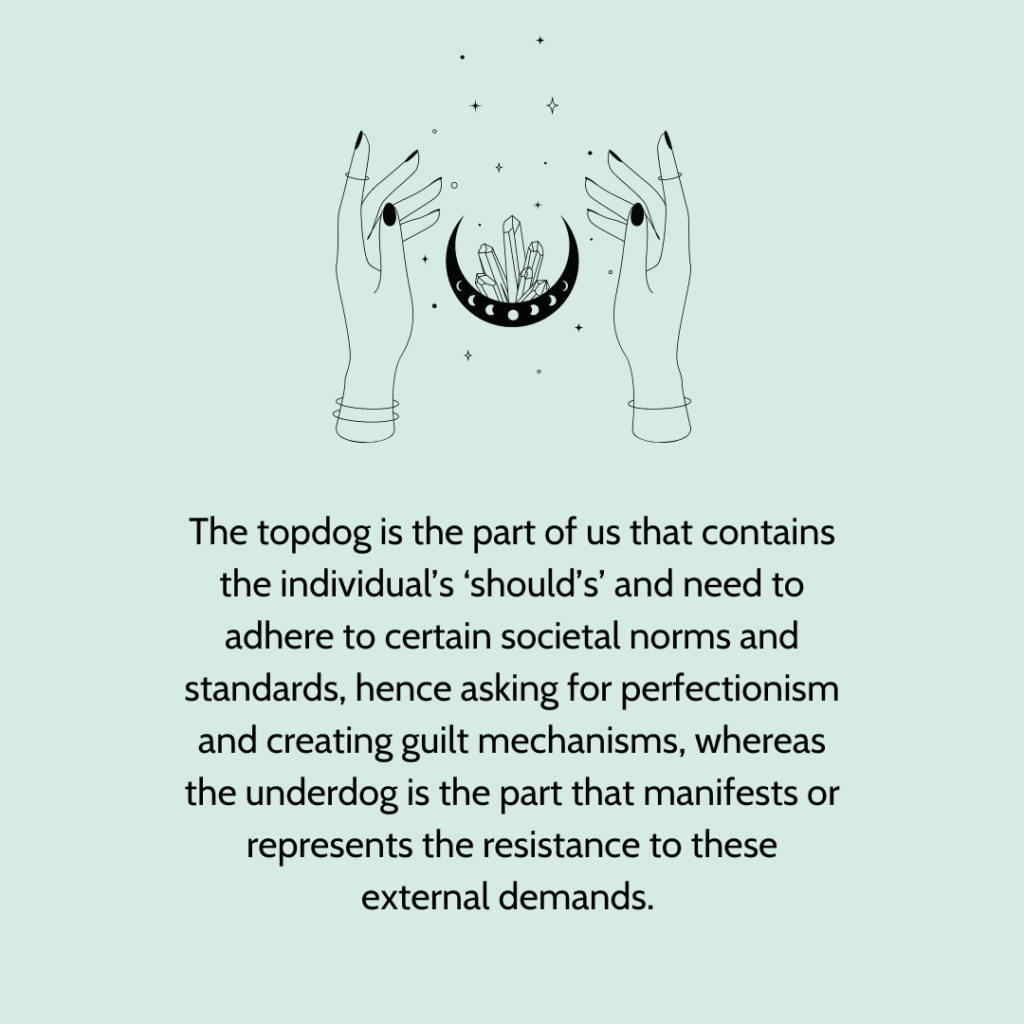
The phrase ‘topdog/underdog’ was coined by Fritz Perlz, and is a good exercise for sessions where clients seem to suffer with this ‘game’ played between the two aspects.
The topdog is the part of us that contains the individual’s ‘should’s’ and need to adhere to certain societal norms and standards, hence asking for perfectionism and creating guilt mechanisms, whereas the underdog is the part that manifests or represents the resistance to these external demands. Exploring this dynamic in therapy does not mean that either is going to win, but what it does bring is enhanced awareness of this unconscious game, which is actually self-sabotaging and does not allow for the creative growth that dynamic human potential seeking needs.
The objective here would be to bring these self-defeating behaviours into the immediate awareness of the individual, and eventually to learn to abandon those mechanisms that do not serve the healthy adult self well.
4. Locate your triggers
A trigger is a like the loose thread in a jumper; if we can cut it off or stitch it up, it doesn’t unravel the garment, but one pull leads to another, and soon we have undone the entire fabric.
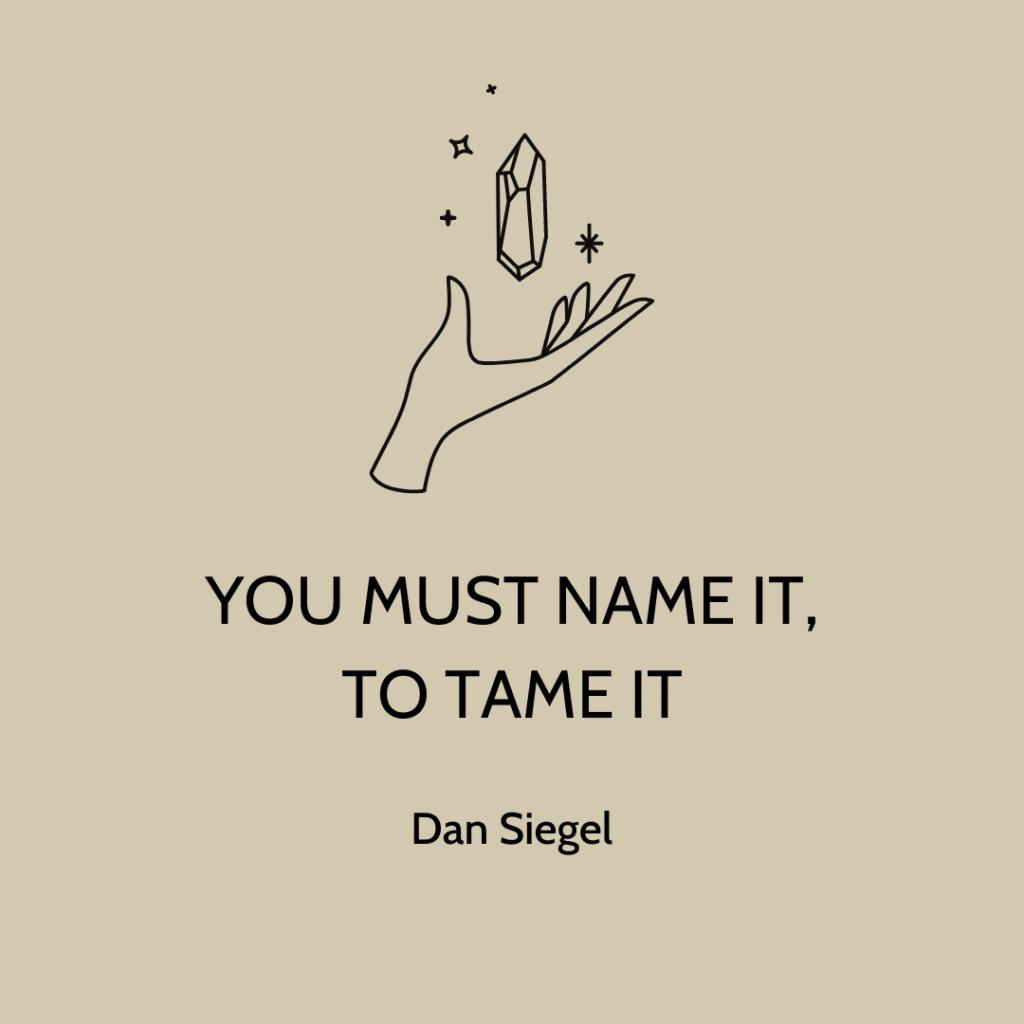
Triggers work on the bodily level, and they can also be located so that we can learn to stay away or recover from them. In essence, they refer to the points that have the capacity to push our buttons or take us down memory lane in a way that either debilitates or weakens us, or causes us to lose our mental balance.
We may not be able to remove our triggers, but being aware and almost comfortable with them means they will slowly and steadily lose their hold over us. Effectively it means we learn to adjust our perspective, or rather at times ignore the trigger because we have developed an elevated ‘muscle memory’ to know what contact with that trigger causes in us. Triggers are stumbling blocks in the process of finding and harnessing our potential; to quote Dan Siegel, ‘you must name it, to tame it’.
5. Rewire your connections
The brain has the capacity to make quick synaptic connections for events that cause extreme emotions, and the emotional memory centre – or Amygdala – has a way of never letting us forget it. To elucidate, the smell of a loved one’s perfume at a happy time can cause us to smile years later, but the odour of a traumatic memory may cause us never to want to visit a restaurant with the same food smell.
We are not concerned here with motor or sensory rewiring, but the capacity for insight and thereafter awareness is a human one rather than a neurological one. Similar to triggers, once we are able to locate the neural connections our brain has made between the events, people, and experiences that cause us to be optimistic, positive or elevated, versus those that cause fear, depression, and anxiety, we are then in a position to start choosing. Awareness brings about better choices as it illuminates our mental environment.
6. Do body work
Gestalt Therapy uses the body as a natural guide and map for feelings and emotions, especially for ‘stuckness’. Sessions focus on grounding, body-work, breath and other modalities like experimentation to help the person bring their whole phenomenological experience to the fore. Indeed, we can say that ‘the body keeps the score’, as popularized by Bessel Van Der Kok’s seminal work on trauma and the lived experience of psychological disturbances experienced and embodied by the human body.
We want to begin to train ourselves to start using the canvas that is our body as a marker for where we have been and for where we want to go. Human potential work cannot completely replace the job of the mind and its psychological faculties; oneness of the body and mind, exploring the traumas held in the body which can elaborate setbacks and fears, and releasing this through experimentation and body work in therapy can go a long way in accelerating and supporting the process of unlocking potential.
7. Practice discipline
If we are to embark on the journey of self-discovery, with the hope of it culminating or leading us at some point to unlocking potential, then we are to be willing to be disciplined.
It sounds like a simple enough ideas to follow, but it takes perseverance, patience, and most of all, processing; this processing is possible in the therapeutic environment where through safety, security, empathy and a host of psychological techniques, the individual learns the value of these methods and the ritualization that is needed around making them happen regularly.
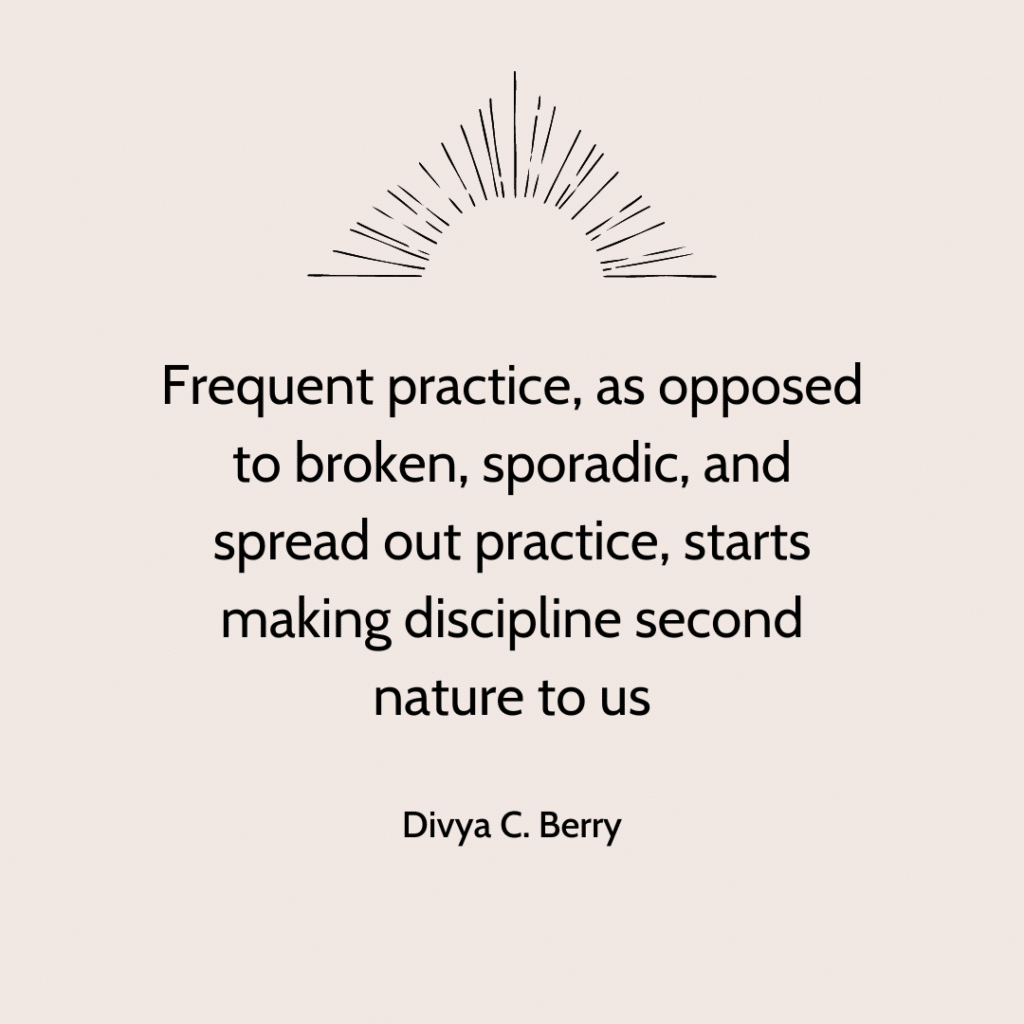
Frequent practice, as opposed to broken, sporadic, and spread out practice, starts making discipline second nature to us. For example, let us take some simple tasks that are complex to fit into a regular week, but extremely important as self-driven exercises that need to be started – journaling, meditative practice, and physical exercise. All these should be necessary practice and prescribed homework for clients, and having a robust combination of faith and self-belief will create an environment where doing them frequently and fervently may be possible.
8. Cultivate psychological qualities
There are some attributes that add immensely to the capacity for human thriving. These attributes differentiate those who collapse under stress developing chronic anxiety symptoms from those who are able to overcome the obstacles that arrive, and who are able to accept the ebb and flow of life.
Some traumatic experiences are indeed unique and deemed horrific; some others have to be taken in our stride and seen as forming the fabric of life. To elucidate, the psychological attributes that contribute to a healthy orientation and that play a part in potential development are:
- Adaptation to change
- Resilience
- Delayed gratification
- Working with imperfections
- Being in the ‘here and now’ of the moment (Fritz Perls)
- Sharing the authentic self as opposed to the ‘shadow’ (Carl Jung).
Practicing these psychological qualities can bring great progress in truly unlocking your potential.
9. Chart your beliefs
We each have a template in our minds of how we see ourselves and the world around us. If we are able to see ourselves as agents of efficacy and positivity, and the world as a place where targets are achievable and help is possible, then we have a worldview where agency is possible and our actions can influence our outcomes.
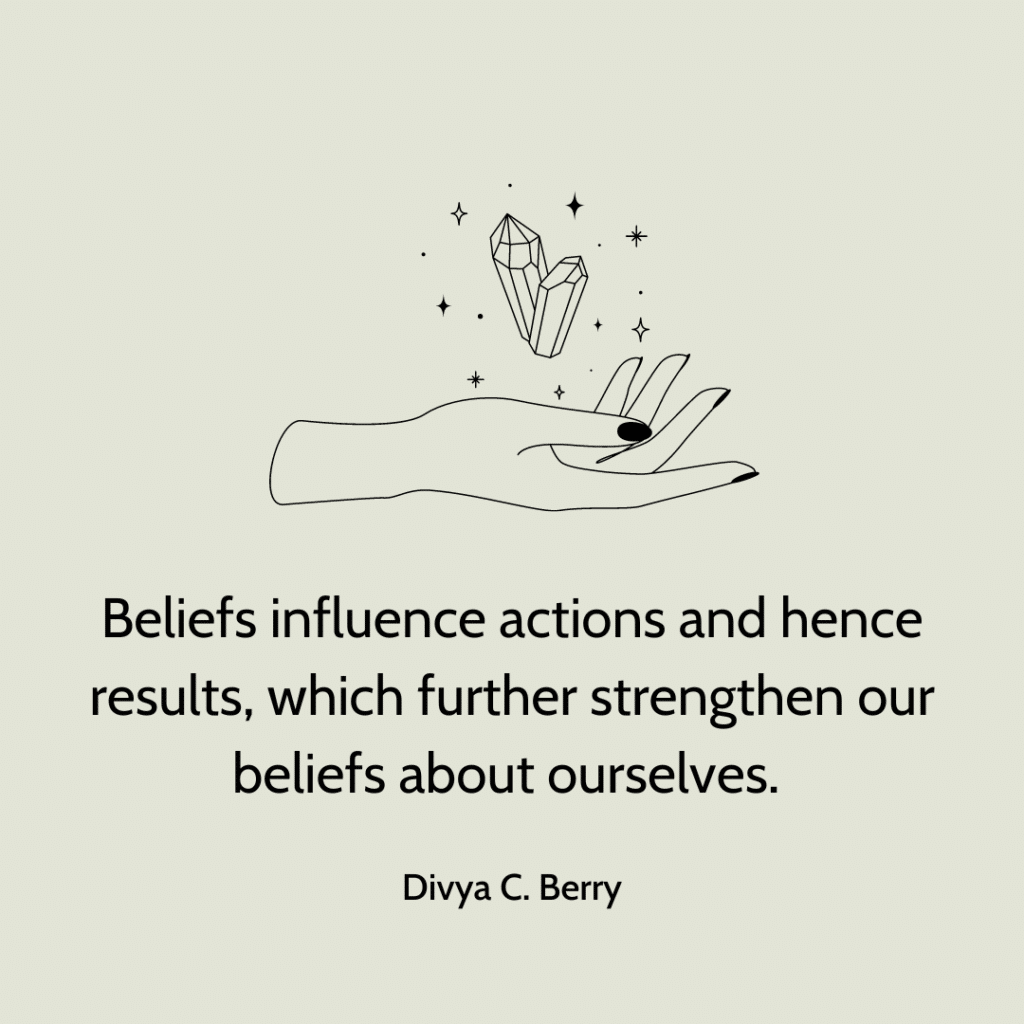
Alfred Adler defined ‘self-concept’ as a personal estimate of oneself as worthwhile and valuable. Beliefs that are either self-defeating or self-enhancing stem from this self concept, and go on to influence our experience of the world and the successes we may envisage and indeed actually experience
Beliefs influence actions and hence results, which further strengthen our beliefs about ourselves. Research suggests that this means there is hope, because beliefs can be worked upon and provide scope for processing a positive thinking mindset where there is possibility for growth, autonomy, and influencing one’s environment through action.
10. Practice self care
Self care is talked about extensively as a concept that is not always intensively understood. Psychologically, it is not about pampering oneself or taking a break, or giving yourself a treat (also important!), but rather the ability to say ‘no’ when you find yourself saying ‘yes’ and listening to your inner needs.
When the outer and inner world are better aligned, you are in a position to put your needs across to the external world without guilt, shame, resentment and other crippling emotions, hence creating a more sustainable equilibrium for the ‘self’ to unlock its potential.
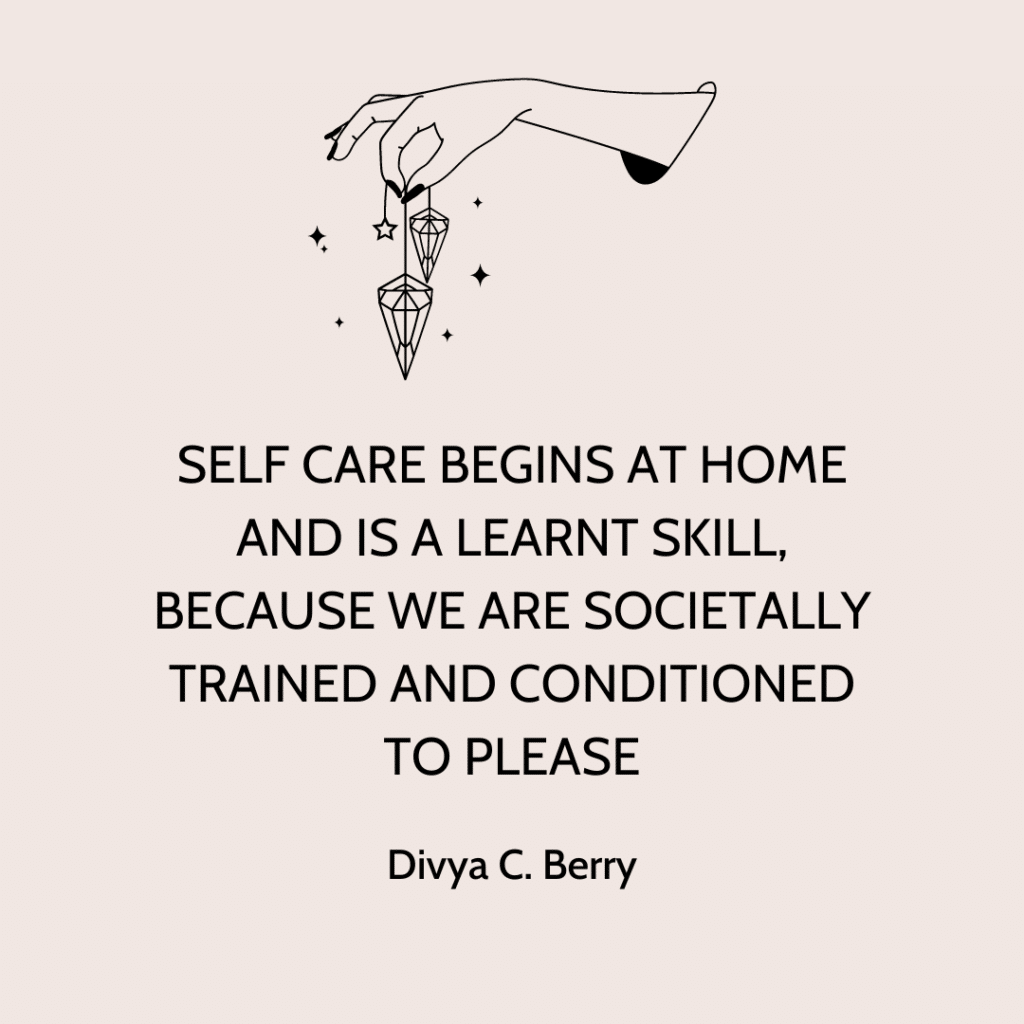
Self care begins at home and often does with voicing one’s real needs rather than trying to be in sync with those around us. It is a learnt skill; because we are societally trained and conditioned to please, the first steps towards self care may feel overwhelming, scary, and lonely. This is a necessary milestone to cross, not to be confused with being ‘self-ish’, and important to the process of harnessing the self’s true potential.
Summary: Unlocking your Potential is Achievable
The therapeutic environment can provide the appropriate tools to safely conduct the process of self-discovery. It allows us to come face-to-face with difficulties including feelings of shame, guilt, resentment and other obstacles in our path, which help us to better attune ourselves and achieve our goals.
Abraham Maslow’s Hierarchy of Needs remains a simple but outstanding tool to understand human striving and our desire for self-actualisation through the fulfillment of our goals and potential. We begin with fulfilling the most basic needs of physiological survival and sustenance (hunger, thirst, shelter), and move on the bigger needs like safety and security (work, employment, health), then to higher order needs like love and belonging (family, connections, love), to esteem (self, recognition, respect), and finally to self actualization (personal fulfillment and thriving).
Lower order needs at the bottom of the pyramid need to be met first, before we can attend to those higher up. This is an effective tool in understanding potential and where we find ourselves in such a metaphorical hierarchy in our own lives.
In a Gestalt Therapy session, you will be able to face your deeper needs, individually, and explore how one reacts to the other. The tension that is created as an adjustment between the self and the external environment is energetic and can be seen as influencing choice. In that choice lies the decision to alleviate certain constraints and stressors, and focus instead on possibility. The creative solution allows for maximization of the self, while being aware of adaptation of one’s environment.
To quote Perls, ‘Having a mind means living a life bound by doing and achieving; so, lose your mind and come to your senses’. Perls is alluding to the pure psychodynamic ‘ego’ state of the mind here, but the appeal of working from a sensory place is both primal and real, and could form the real basis of understanding what really drives us as human being and individuals. Understanding ourselves better through an enhanced and sophisticated sense of awareness is the first step towards fulfillment of the unlimited potential that lies within us.
